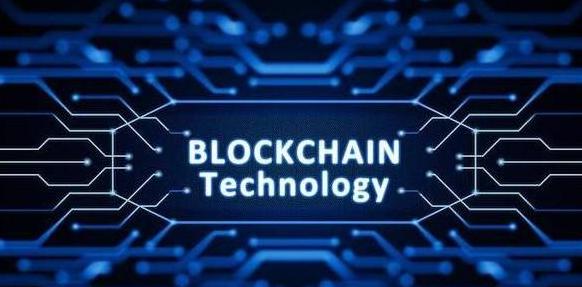Basic Principle of Blockchain
by Miles Warren
January 08,2021
Blockchain, a globally recognized disruptive new technology, has been continuously explored, studied and applied. It has brought a new type of coordination to the society. It has also given birth to new business models and regulatory service models.

This new way of efficient global coordination will minimize the cost of trust. When a consensus is reached, it will definitely promote social development. What is the working principle of the blockchain?
First of all, we must understand what a block is. Data is permanently recorded on the digital cash network through files called blocks.
This is like a stock trading book, which will be added to the end of the record blockchain as new blocks appear. Once written, it is difficult to modify or remove. This function of storing information is also the main function of the blockchain.

Any information that needs to be saved can be written into the blockchain. Of course, it can also be read from the inside. This is the database function undertaken by the so-called blockchain.
In the world of blockchain network, anyone can join in and become a node by setting up a server.
There is no central node in the world of blockchain. Each node is equal and can be saved to the entire database.
You can write or read data to any node. All nodes will be synchronized at the end. It ensures the consistency of the blockchain to a certain extent.
The blockchain is a decentralized design. There is no administrator here. This is different from other databases.
If you want to add an audit function to the blockchain, it cannot be realized. The goal of blockchain design is to prevent the emergence of a central management authority.
It is also because of this unmanageable nature that the blockchain can be uncontrollable.
At this time, some people will have doubts. Without an administrator, everyone can write data into it. How can we ensure that the data are authentic? What if the data is tampered with by bad people? Then we will talk about the real wonder of the blockchain.
Block and Hash are one-to-one correspondence. Hash is not modifiable. The Hash of each block is calculated for the "block header".
The eigenvalues of the block header can be connected together in a certain order to form a long string. The Hash is evaluated by the string.
The block header contains a lot of content. There is the Hash of the current block body and the Hash of the previous block. If the content of the current block body changes or the Hash of the previous block changes, the Hash of the current block will change.
This is of great significance to the blockchain. If someone modifies one of the blocks, the Hash of the block will be changed.
In order to connect the following blocks to this Hash, tamper must modify all the following blocks in turn. Otherwise, the changed blocks will break away from the blockchain.
As long as the data is written, it cannot be tampered with. It is by this linkage mechanism that the blockchain can ensure its own reliability.
